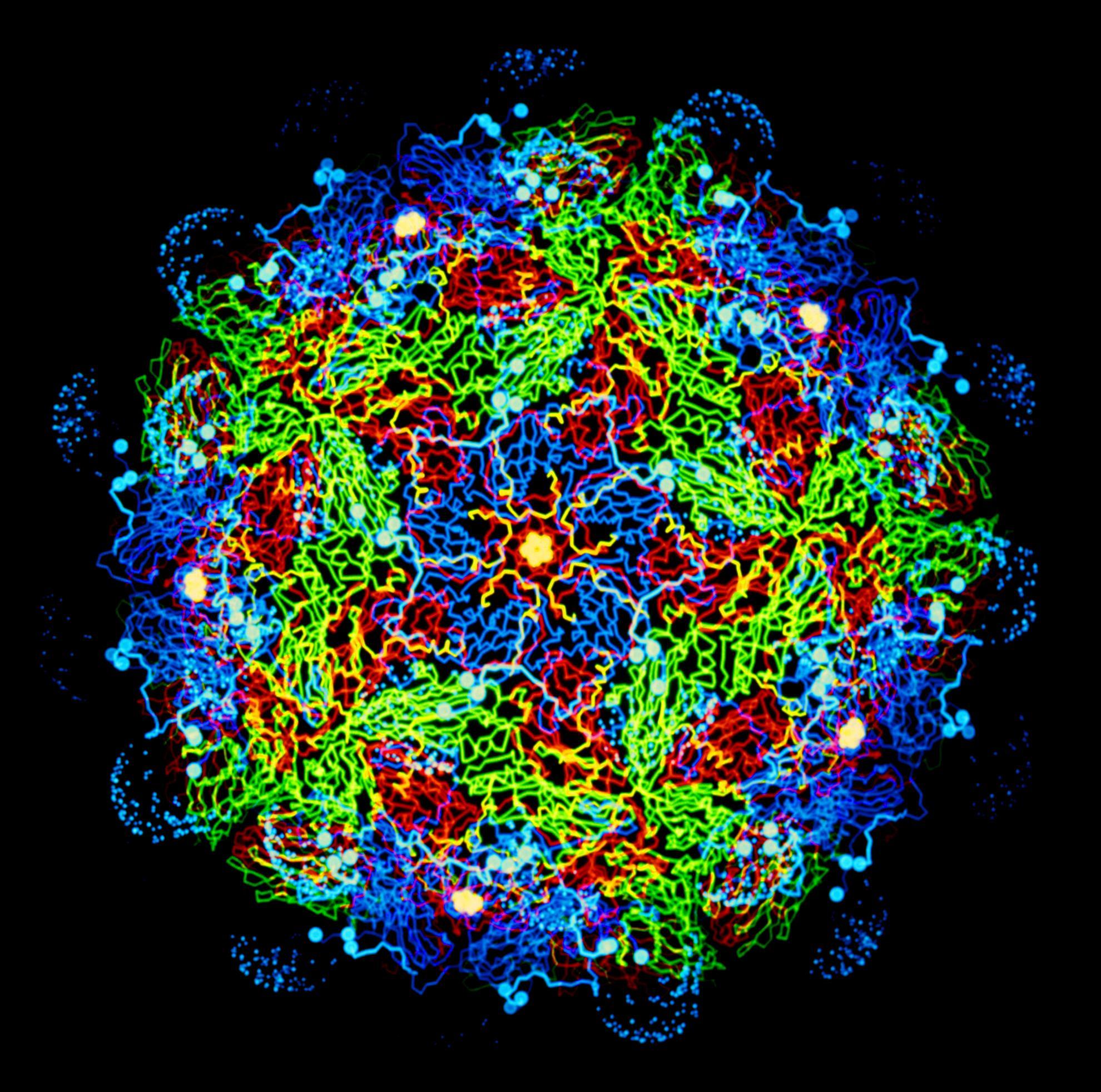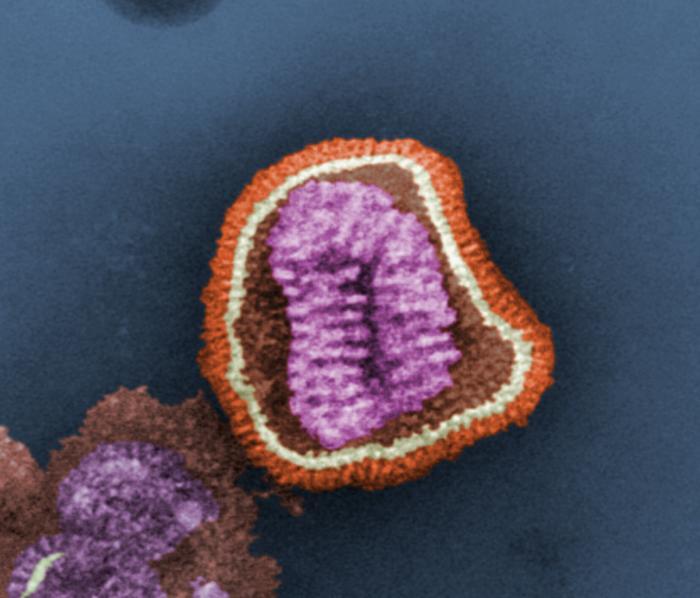Inferring within-flock transmission dynamics of highly pathogenic avian influenza (H5N8) in France, 2020.
Following the emergence of highly pathogenic avian influenza (H5N8) in France in early December 2020, we used duck mortality data from the index farm to investigate within-flock transmission dynamics. A stochastic epidemic model was fitted to the daily mortality data and model parameters were estimated using an approximate Bayesian computation sequential Monte Carlo (ABC-SMC) algorithm. The model predicted that the first bird in the flock was infected 5 days (95% credible interval, CI: 3–6) prior to the day of suspicion and that the transmission rate was 4.1 new infections per day (95% CI: 2.8–5.8). On average, ducks became infectious 4.1 hours (95% CI: 0.7–9.1) after infection and remained infectious for 4.3 days (95% CI: 2.8–5.7). The model also predicted that 34% (50% prediction interval: 8%–76%) of birds would already be infectious by the day of suspicion, emphasising the substantial latent threat this virus could pose to other poultry farms and to neighbouring wild birds. This study illustrates how mechanistic models can help provide rapid relevant insights that contribute to the management of infectious disease outbreaks of farmed animals. These methods can be applied to future outbreaks and the resulting parameter estimates made available to veterinary services within a few hours.

